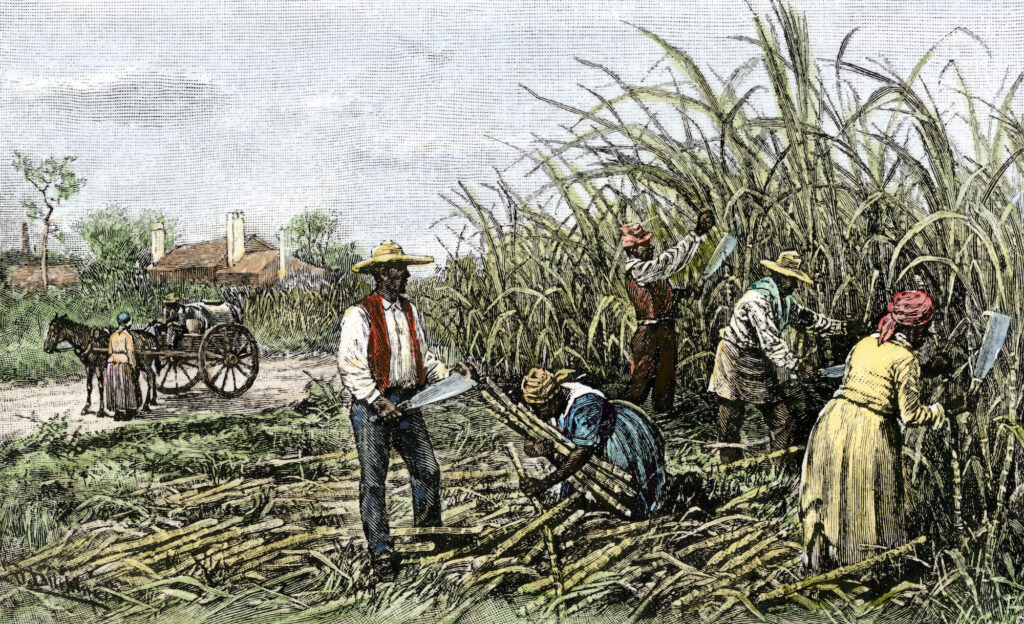Historical Sugar Plantation in the Caribbean: A Look at the Rich History of the Region
Sugar plantations are an important part of the Caribbean’s history. These plantations were established by European settlers in the sixteenth century and quickly became a major economic force in the region. In this article, we’ll explore the history of sugar plantations in the Caribbean and take a look at some of the most iconic sites today.
What is a Sugar Plantation?
A sugar plantation is a large agricultural estate that produces sugar cane as its main crop. Sugar cane is a tall, grassy plant that is harvested for its sweet juice. The juice is then boiled and processed into sugar or molasses, which are used in many products, including food, beverages, and medicines. Sugar plantations were first developed in the Caribbean in the 16th century and quickly became a major source of wealth and power.
The History of Caribbean Sugar Plantations
The history of Caribbean sugar plantations is closely linked to the region’s colonial past. In the sixteenth century, European settlers began to establish large-scale sugar plantations in the region. The plantations were incredibly lucrative and soon became the foundation of the region’s economy.
The plantations were labor-intensive and relied heavily on the labor of enslaved Africans. These workers were brought to the Caribbean from Africa to work the plantations and were subjected to extreme conditions and exploitation. This system of slavery would last for centuries and have a lasting impact on the region.
The Decline of Caribbean Sugar Plantations
In the nineteenth century, the Caribbean sugar industry began to decline. The invention of sugar beet processing in Europe meant that sugar could be produced in more cost-effective ways, making Caribbean sugar less competitive. In addition, the abolition of slavery in the region made it more expensive and less profitable to operate the plantations.
Today’s Caribbean Sugar Plantations
Today, the Caribbean sugar industry is a fraction of what it used to be. Most plantations have been abandoned and the few that remain are mostly tourist attractions. These sites offer visitors a glimpse into the region’s history and are a reminder of the region’s dark past.
The Most Iconic Sugar Plantations in the Caribbean
Despite the decline of Caribbean sugar plantations, there are still a few iconic sites that remain today. Here are some of the most noteworthy:
- Habitation Jouissant, Martinique: This plantation was founded in 1660 and is one of the oldest in the region. It is now a museum that houses a collection of artifacts and documents about the history of Caribbean sugar plantations.
- Montpelier Estate, Jamaica: This plantation was established in 1759 and is one of the most iconic sites in the region. It is now a tourist attraction and offers visitors a chance to explore the plantation’s history.
- El Castillo de los Tres Reyes Magos del Morro, Cuba: This Spanish fort was built in the 16th century to protect the nearby sugar plantations. It is now a popular tourist site and offers stunning views of the Caribbean Sea.
Visiting a Historical Sugar Plantation
Visiting a historical sugar plantation in the Caribbean is a great way to learn more about the region’s past. These sites are a reminder of the region’s dark history and provide visitors with a unique experience. If you’re looking to explore the Caribbean’s past, a visit to one of these iconic sites is a must.

